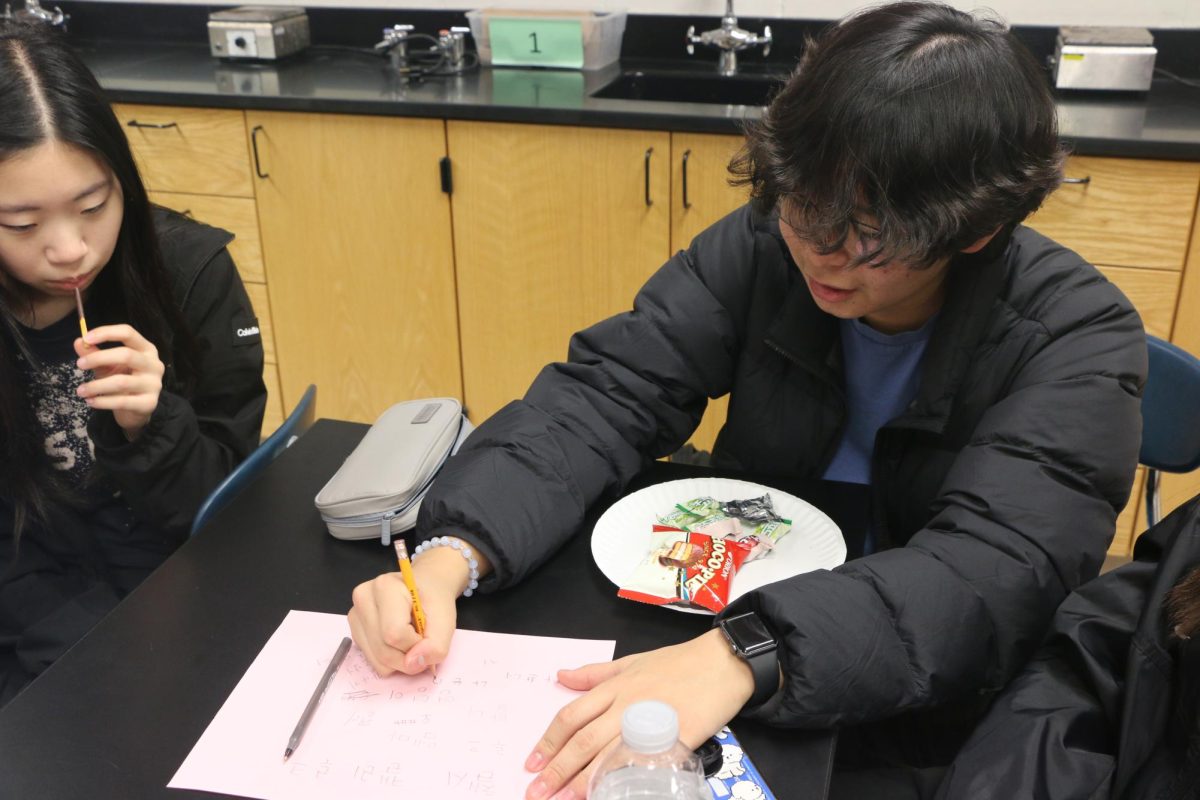According to the U.S. Census Bureau, the Korean-American population was 2 million in 2023, making up less than 1% of the total U.S. population, however this population is steadily increasing every day with the influx of Korean immigrants. Additionally, according to the Pew Research Center, many Korean-Americans, as well as a large number of other first-generation Americans, find themselves struggling with their identity.
However, even within this small population and these common struggles, junior Joseph Ahn said he found many ways to stay connected to his community and heritage.
“We eat a lot of Korean food (at home), and pretty much all (our meals) are Korean food,” Ahn said. “There’s also a lot of Korean music that my siblings listen to, so I kind of listen to that all around (me). I also speak a lot of Korean at home, which helps me communicate with my parents a lot more.”
Additionally, Ahn said he connects with his heritage through his extended family, as well as visits to Korea.
“Sometimes I call my grandparents up during New Year’s, or Christmas, or on their birthdays,” Ahn said. “We also go (visit) them (once every) a couple of years, and when we go to them, we always go to some sort of Korean cultural site.”
Similarly, Rebecca Lee, Korean-American Student Association (KASA) communications officer and sophomore, said, like Ahn, she has found many ways to connect with her culture at home.
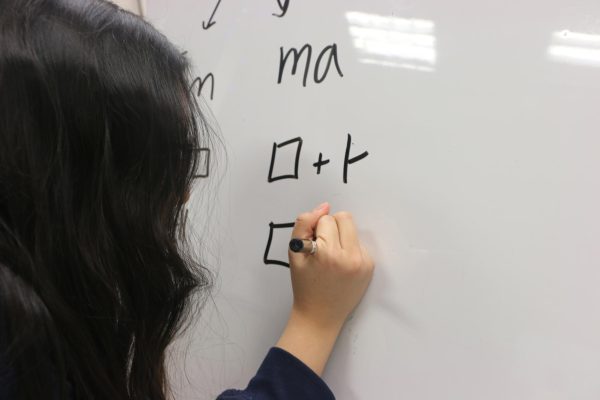
(Emma Hu)
“I eat Korean food and communicate with my parents through Korean culture,” Lee said. “Some of my friends are also Korean, and I interact with them on a daily basis.”
Additionally, Lee said she has sought out ways to connect with her culture at school.
“I also maintain connections (to my heritage) by joining clubs like KASA here at CHS. Through KASA, I can connect with the language and food and also with other Koreans.”
Despite being able to maintain strong connections to her culture, Lee said she still struggles with her cultural identity.
“I think I identify a lot more with my American culture and sometimes it’s harder to stay connected with my heritage, (and) I’m kind of forgetting how to speak Korean,” Lee said.
However, Lee said KASA has helped her further explore her culture immensely.
“Koreans aren’t a majority in the U.S., so sometimes it’s hard to find other Koreans and preserve the culture,” she said. “KASA helps me connect with my culture (too) since it’s actually a dedicated time where I can interact with (other) Korean people and teach Korean (culture).
KASA club sponsor Natalie Bellotti said clubs like KASA can help explore different parts of Korean culture that often go unseen.
“History books do the best they can to try and show the history of all of the amazing cultures that have created American culture, however, like all things, they don’t show everything,” Bellotti said. “It’s up to each individual group of people to share and explore (their cultures), and it’s these open clubs that have that camaraderie that allows (other) people to learn about new cultures.”

Bellotti also said the club can reach people outside of the Korean community as well.
“(The club) is all about sharing Korean culture and community, and it’s a place for Korean-American students to come and meet other Korean-American students, but everyone can join,” Bellotti said. “It’s just nice to have these kinds of clubs because it allows all types of people to come together to learn and just have fun.”
Ahn said there are many different ways for non-Koreans to learn about Korean culture. He said one of the best ways is by exploring Korean music.
“A lot of people listen to K-Pop,” he said. “The fact that people listen to K-Pop all around the world is a pretty good representation (of Korean culture). I’d rather have someone listen to K-Pop than stress trying to speak Korean and (they end up) having really bad pronunciation because I feel like some people would feel like they’re being mocked.”
In addition, Lee said Korean culture is very interesting and has many facets to explore.
“Korean food is really good; I like Tteok-bokki, which is spicy rice cakes,” she said. “The way (Korean people) dress is also really cool because we have traditional Hanbok dresses.”
Ultimately, both Ahn and Lee both said their identities and expectations are heavily tied to their culture. Ahn said his parents’ expectations for him are often based on the standards in Korea.
“My parents want good grades for me, and that (subject) is really stressed in Korea. There are a lot of standardized tests there,” he said.
Lee said her personal and social life is heavily influenced by her Korean heritage.
“The people who raised me, including my parents and family friends, were all Korean. It’s easier to connect with (other Korean people) because we share a lot of experiences and culture,” Lee said. “My religion is also tied to it because I go to a Korean Catholic Church. Although the American influence is strong, I have learned to always connect to my Korean identity.”










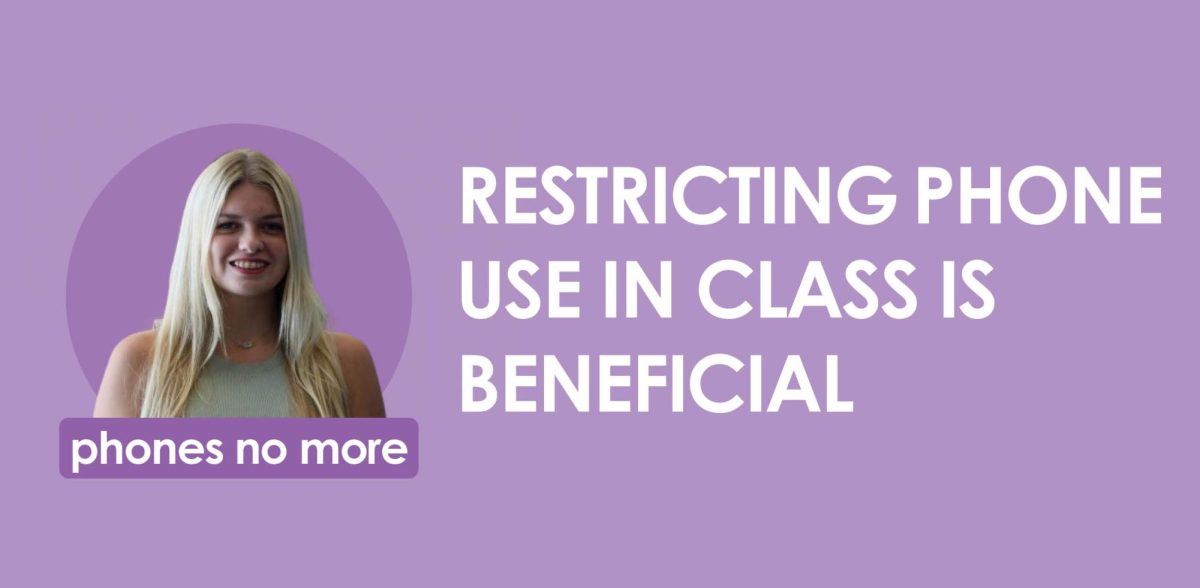
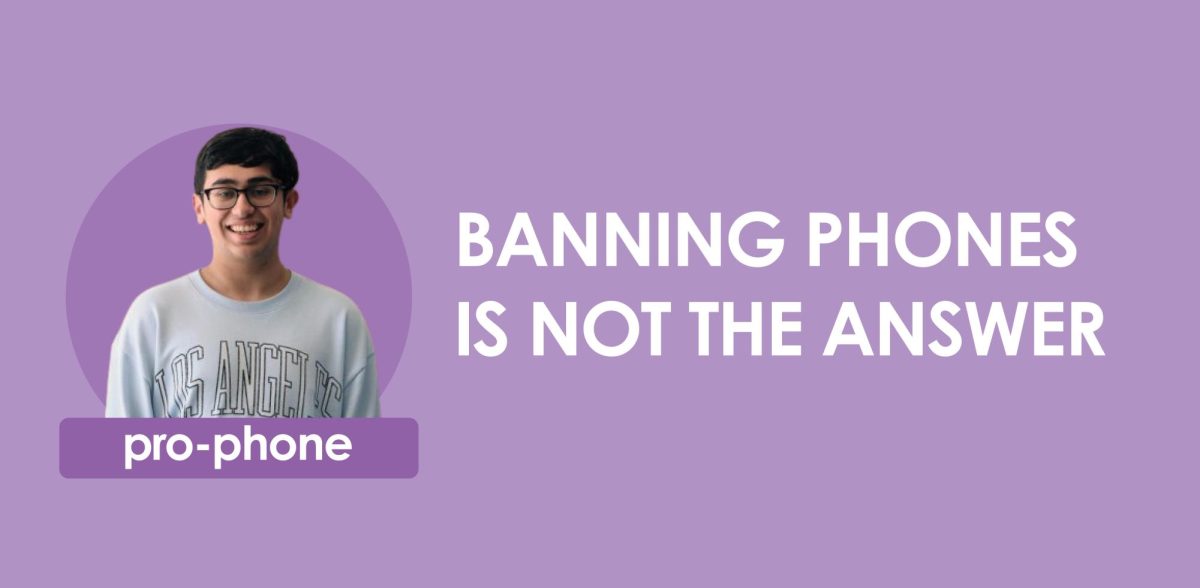
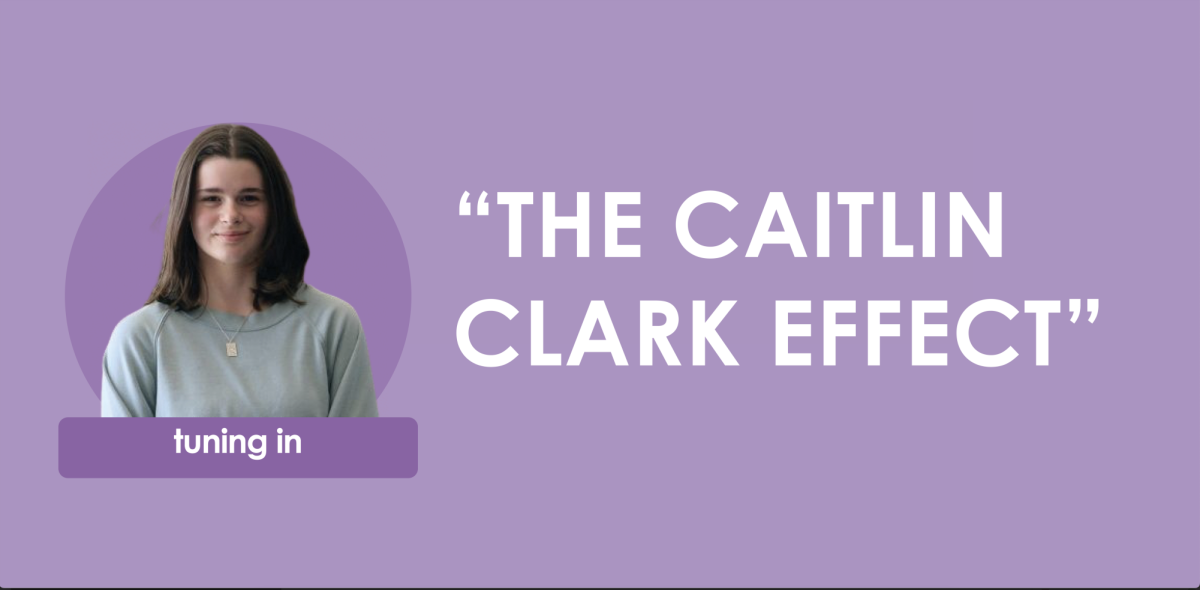

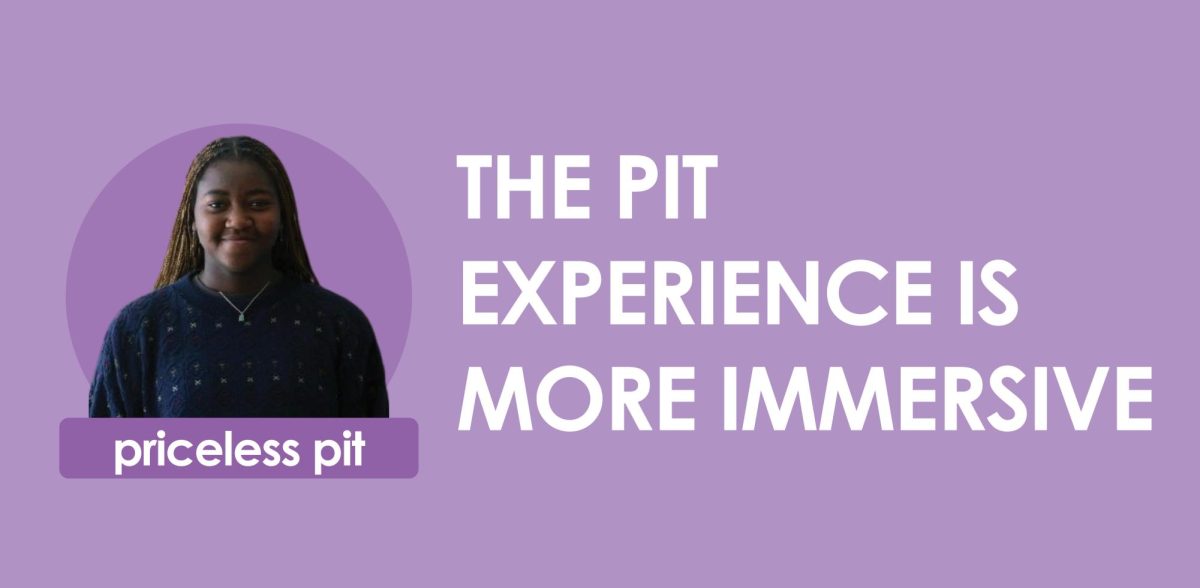
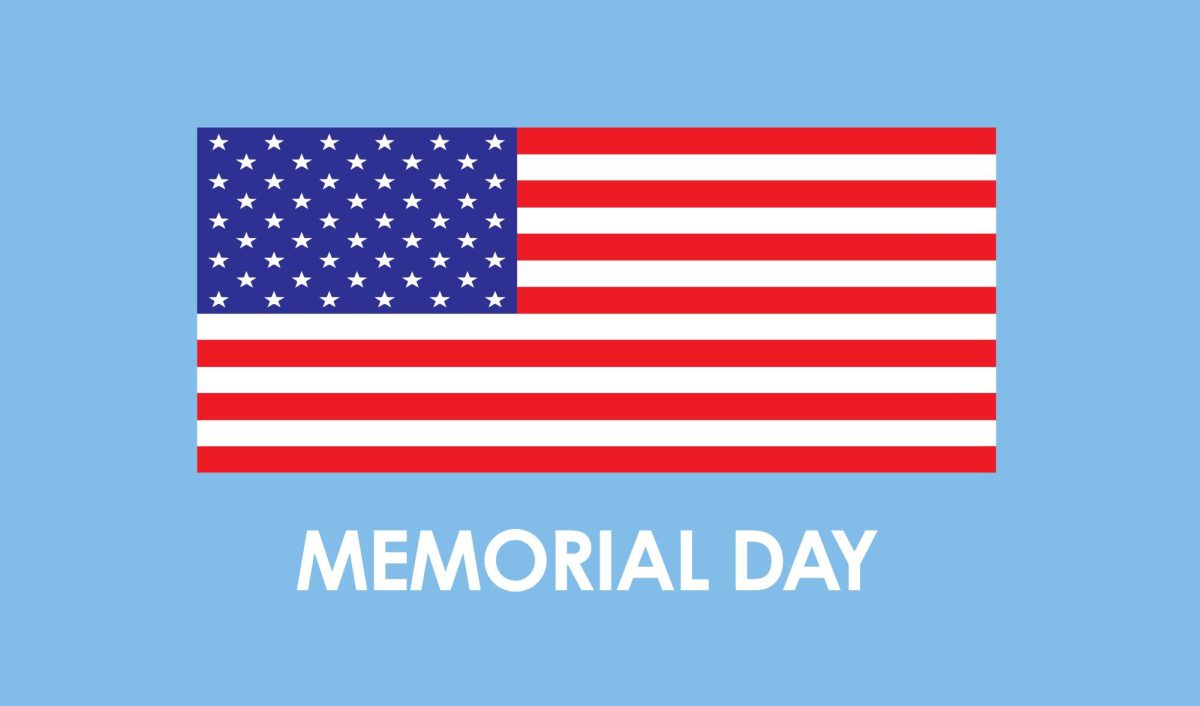

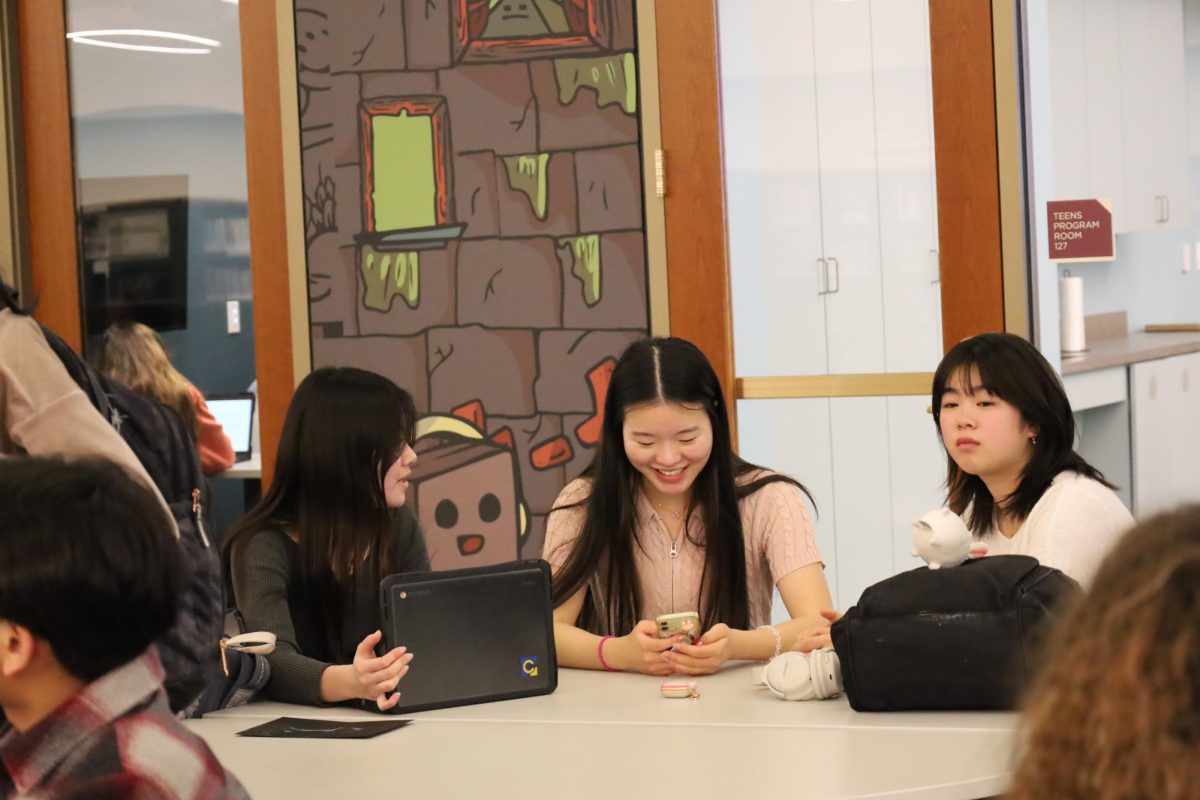
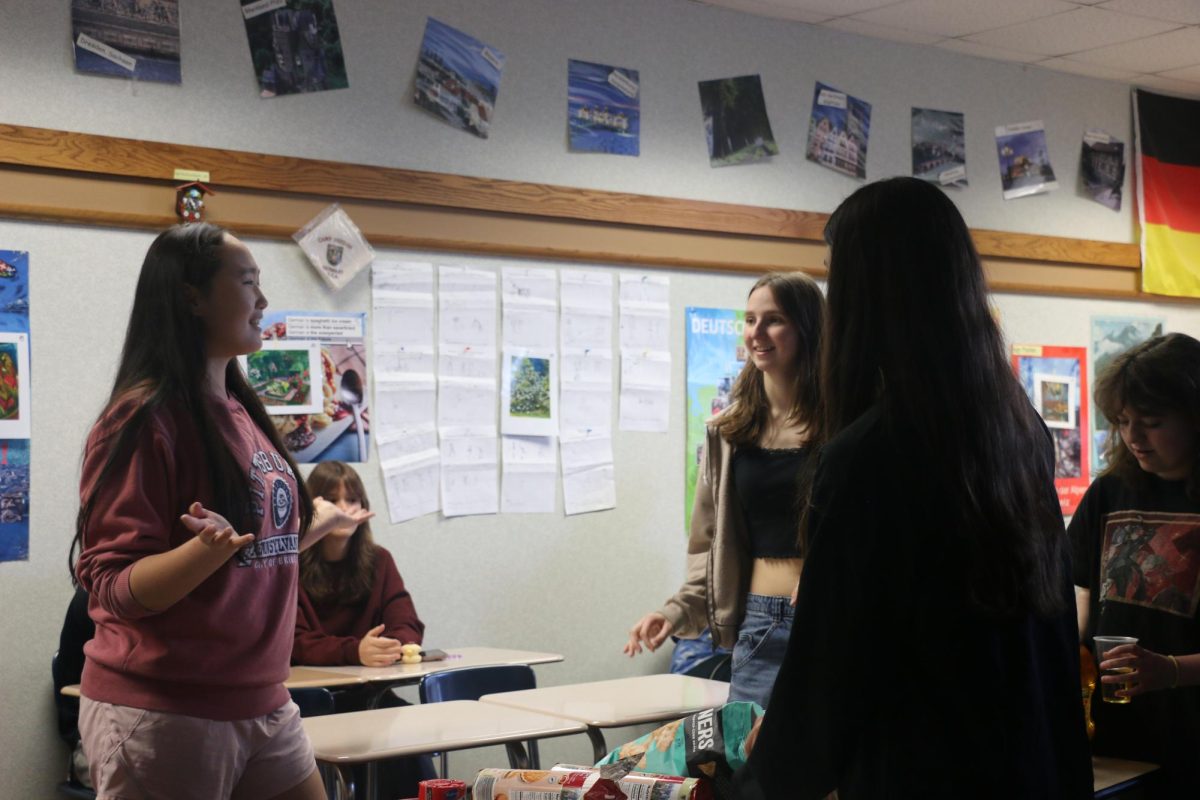

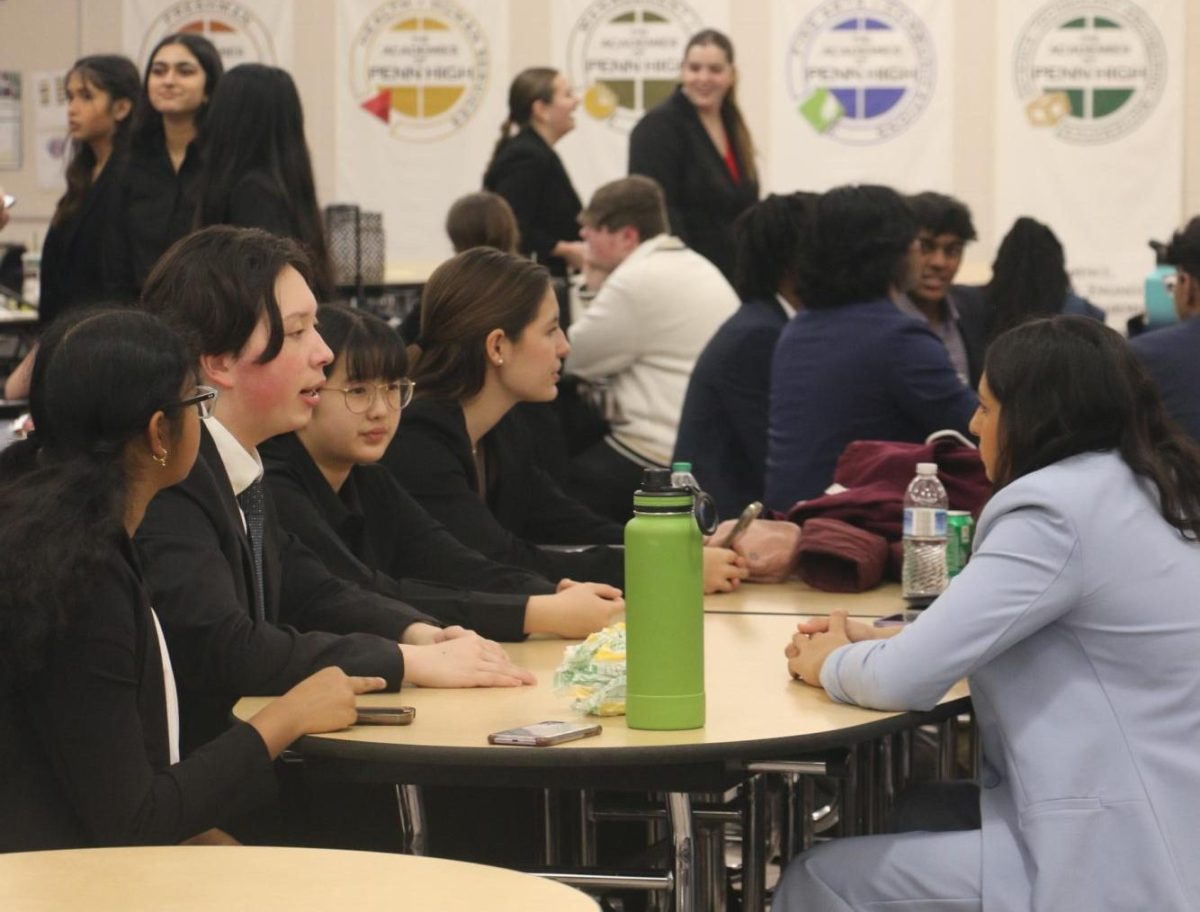
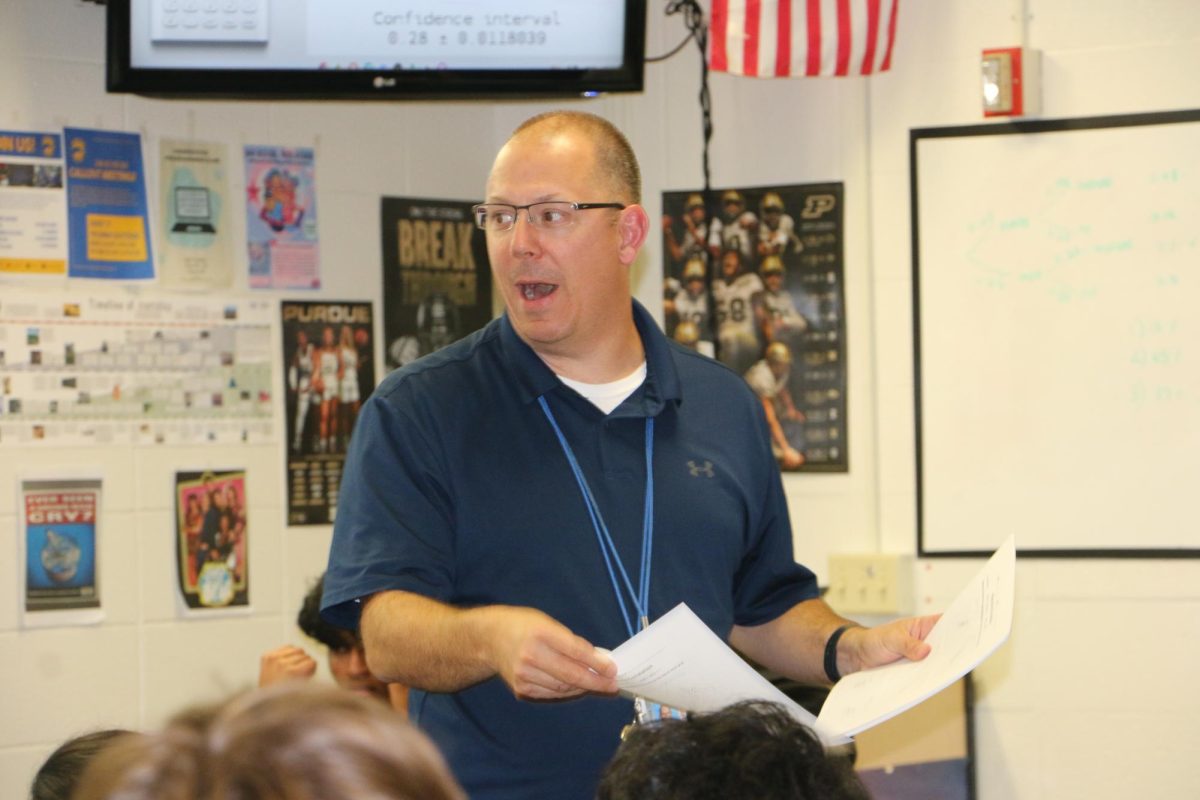



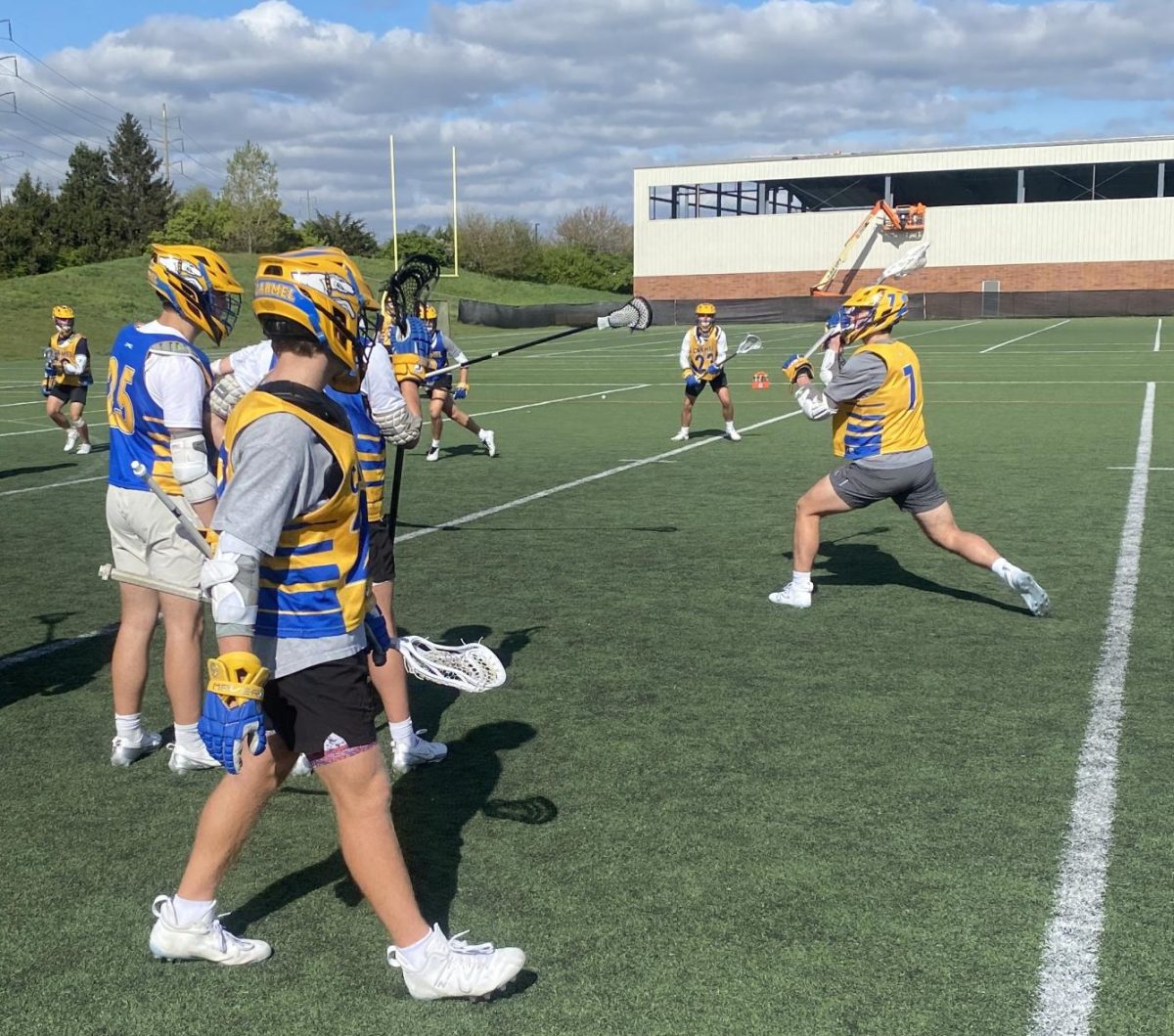




![Family vlogger controversy, need for content reform [opinion]](https://hilite.org/wp-content/uploads/2024/05/Screenshot-2024-05-14-11.33.37-AM-1200x465.png)
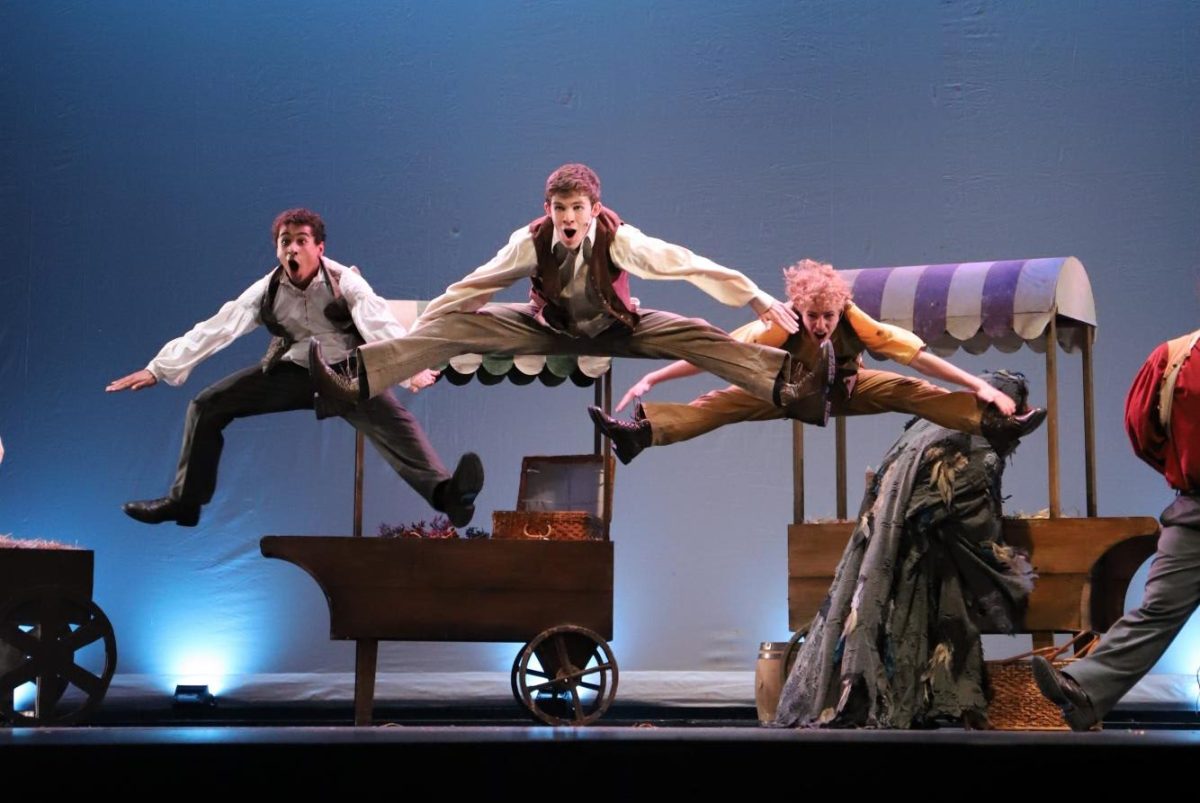

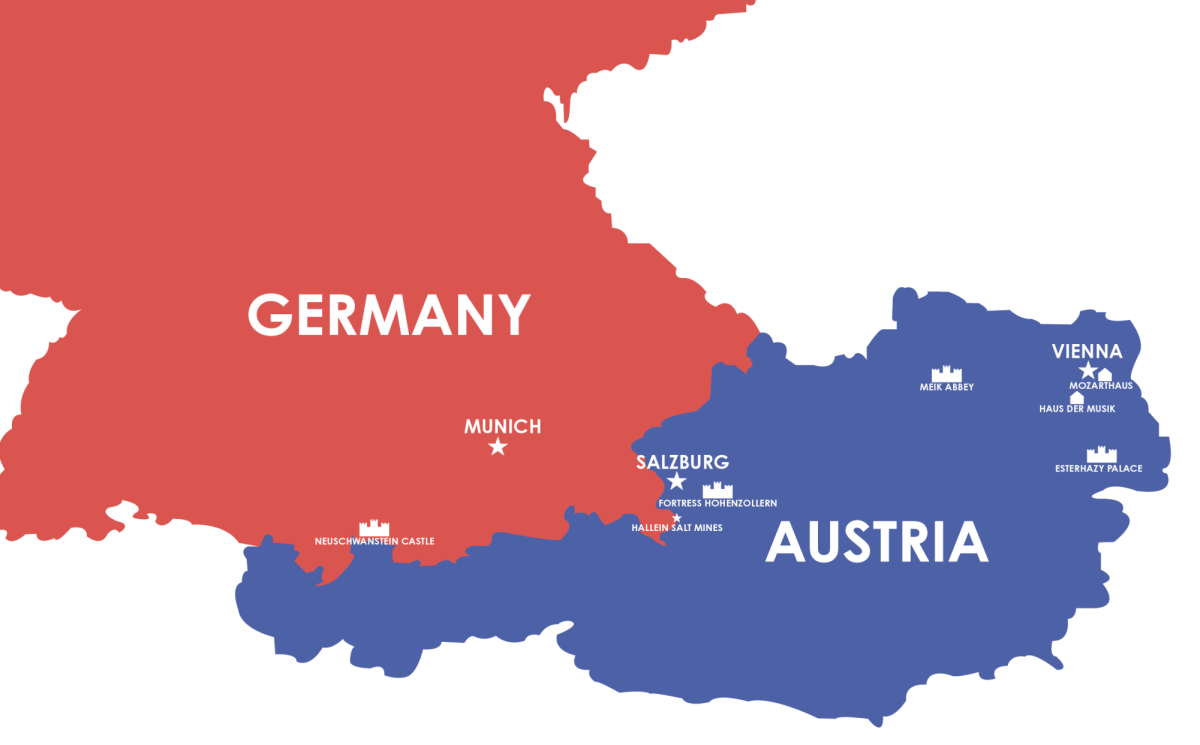


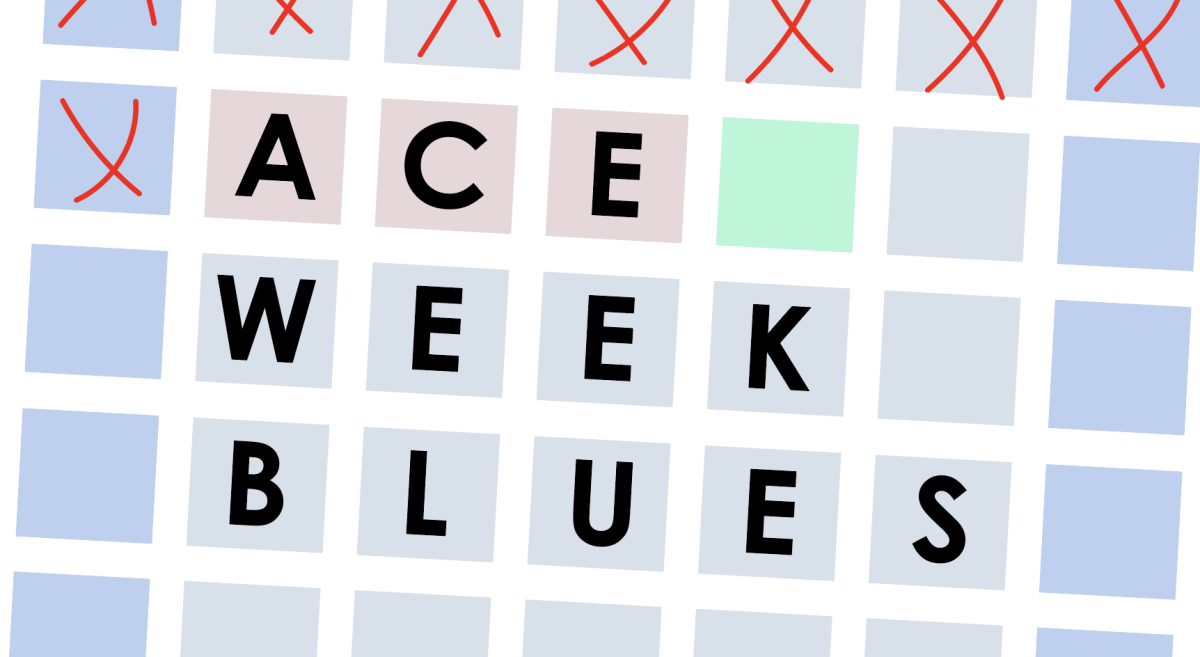
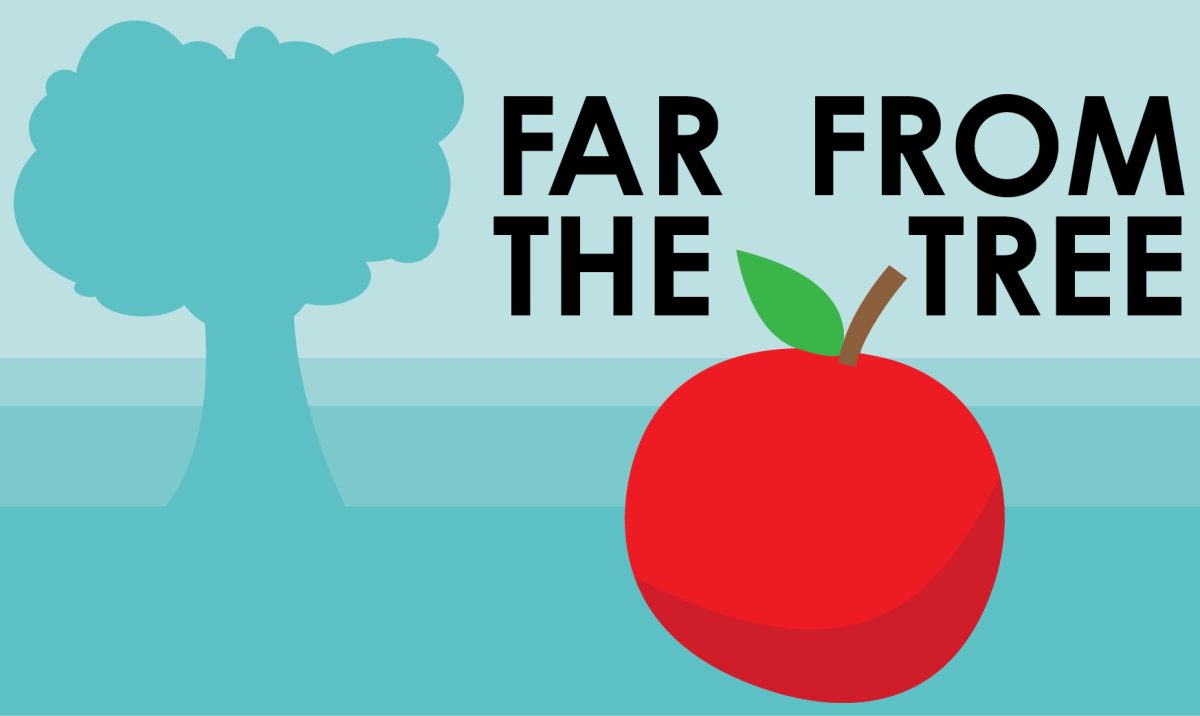
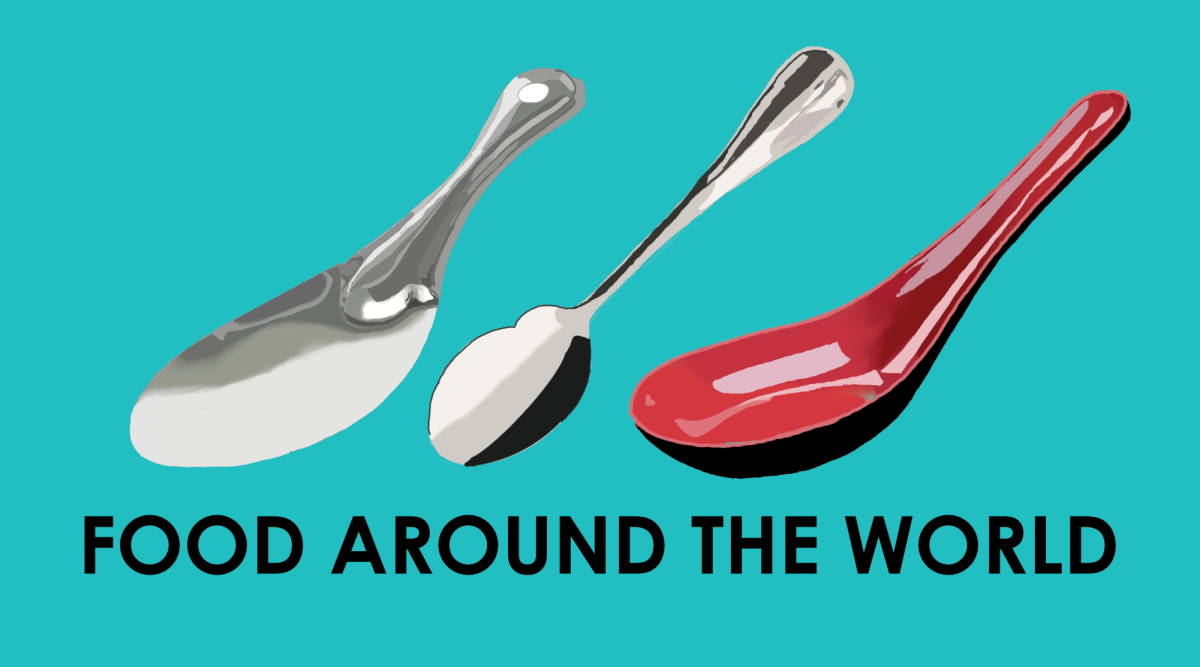
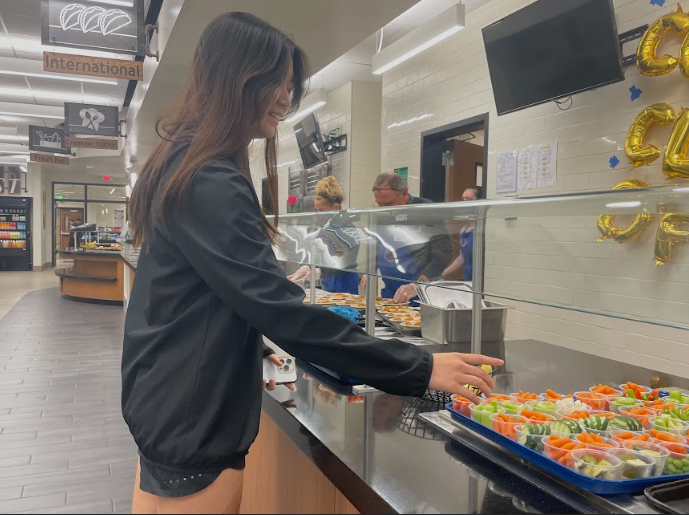
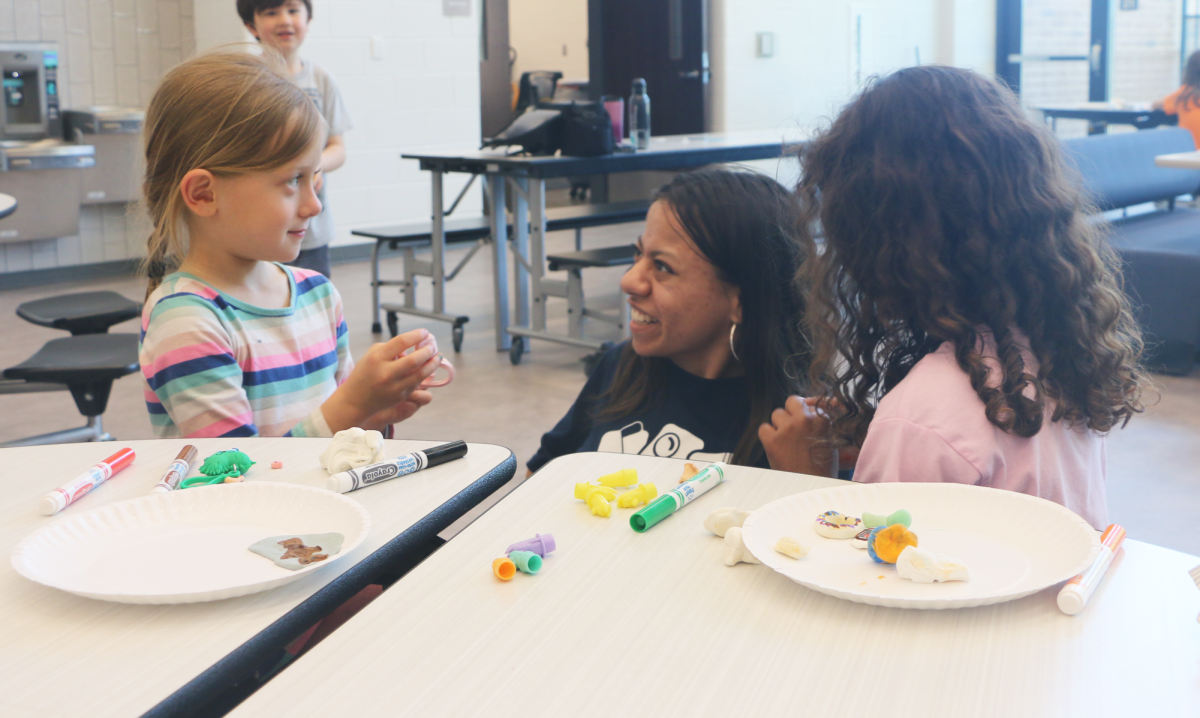














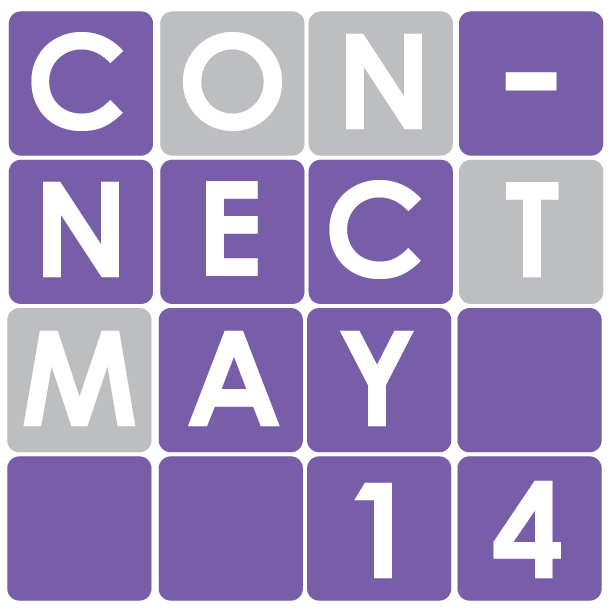


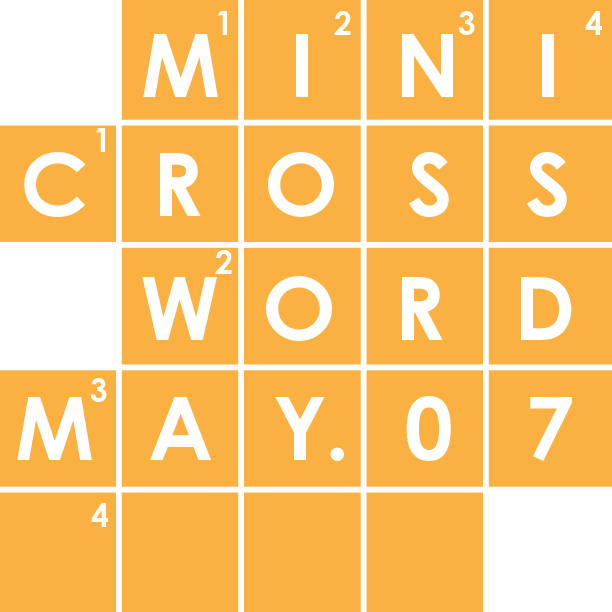
![Review: Taylor Swift’s new album The Tortured Poets Department is not her best work but is still a brilliant album [MUSE]](https://hilite.org/wp-content/uploads/2024/05/The-Anthology_Cover-1200x675.webp)
![Review: Challengers does it all [MUSE]](https://hilite.org/wp-content/uploads/2024/05/challengers-poster-1200x600.png)
![Review: A House of Flame and Shadow by Sarah J. Maas was a disappointing read [MUSE]](https://hilite.org/wp-content/uploads/2024/05/house-of-flame-and-shadow-feature.png)
![Review: Conan Gray’s new album, “Found Heaven”, is a refreshing twist on modern music [MUSE]](https://hilite.org/wp-content/uploads/2024/05/Screenshot-2023-10-31-at-16.01.05.webp)
![Review: “Bodies, Bodies, Bodies” is the quintessential Gen-Z movie [MUSE]](https://hilite.org/wp-content/uploads/2024/05/Screenshot-2024-05-15-140618.png)
![Review in Print: Maripaz Villar brings a delightfully unique style to the world of WEBTOON [MUSE]](https://hilite.org/wp-content/uploads/2023/12/maripazcover-1200x960.jpg)
![Review: “The Sword of Kaigen” is a masterpiece [MUSE]](https://hilite.org/wp-content/uploads/2023/11/Screenshot-2023-11-26-201051.png)
![Review: Gateron Oil Kings, great linear switches, okay price [MUSE]](https://hilite.org/wp-content/uploads/2023/11/Screenshot-2023-11-26-200553.png)
![Review: “A Haunting in Venice” is a significant improvement from other Agatha Christie adaptations [MUSE]](https://hilite.org/wp-content/uploads/2023/11/e7ee2938a6d422669771bce6d8088521.jpg)
![Review: A Thanksgiving story from elementary school, still just as interesting [MUSE]](https://hilite.org/wp-content/uploads/2023/11/Screenshot-2023-11-26-195514-987x1200.png)
![Review: When I Fly Towards You, cute, uplifting youth drama [MUSE]](https://hilite.org/wp-content/uploads/2023/09/When-I-Fly-Towards-You-Chinese-drama.png)
![Postcards from Muse: Hawaii Travel Diary [MUSE]](https://hilite.org/wp-content/uploads/2023/09/My-project-1-1200x1200.jpg)
![Review: Ladybug & Cat Noir: The Movie, departure from original show [MUSE]](https://hilite.org/wp-content/uploads/2023/09/Ladybug__Cat_Noir_-_The_Movie_poster.jpg)
![Review in Print: Hidden Love is the cute, uplifting drama everyone needs [MUSE]](https://hilite.org/wp-content/uploads/2023/09/hiddenlovecover-e1693597208225-1030x1200.png)
![Review in Print: Heartstopper is the heartwarming queer romance we all need [MUSE]](https://hilite.org/wp-content/uploads/2023/08/museheartstoppercover-1200x654.png)











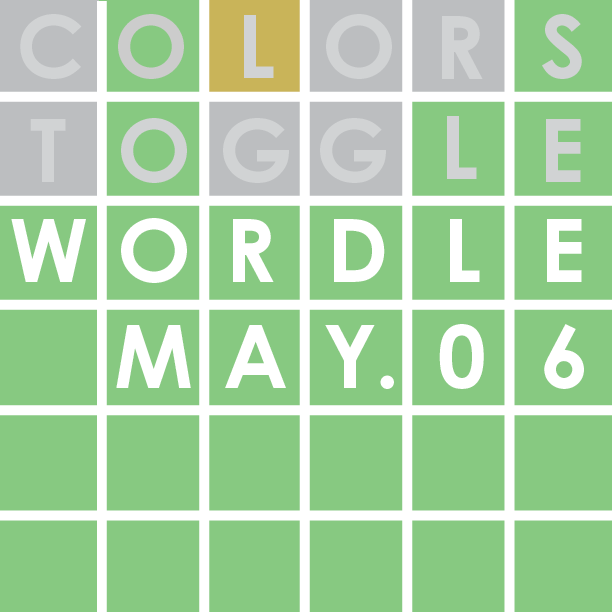

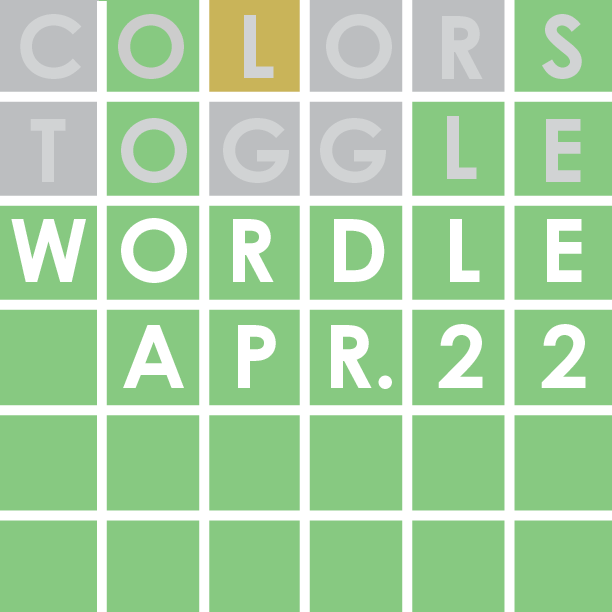








![Review: “Ginny & Georgia” is a dramatic and poorly made emotional rollercoaster–and I loved it anyway [MUSE]](https://hilite.org/wp-content/uploads/2024/03/ginny-and-georgia-season2-main-be37bbb9487a41e88b3f66c3baacd5c3-300x177.jpg)
![Review: Witch Hat Atelier is a masterpiece in art and world-building, but the story has only begun [MUSE]](https://hilite.org/wp-content/uploads/2024/01/unnamed-211x300.png)
![Review: “Mysterious Lotus Casebook” is an amazing historical Chinese drama [MUSE]](https://hilite.org/wp-content/uploads/2024/03/0-300x170.webp)
![Review: “A Little Life” by Hanya Yanagihara is the epitome of a heartwrenching masterpiece [MUSE]](https://hilite.org/wp-content/uploads/2024/01/unnamed-5-300x200.png)


